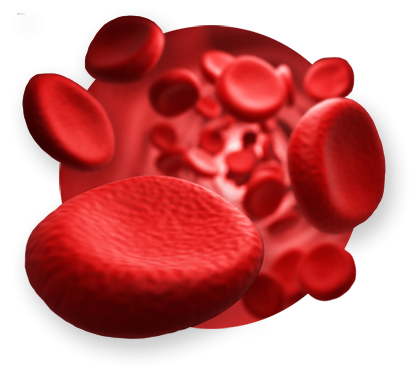Platelet Rich Plasma (PRP) Therapy is a minimally invasive non-surgical treatment that improves pain and function without surgery. Platelets are a specialized type of blood cells that are involved in injury healing.
There are numerous clinical studies showing PRP may improve pain and function in a variety of orthopedic injuries, and may eliminate the need for more aggressive treatments, such as long-term medications or surgery.
The body’s natural reaction to an injury is to send platelets from the blood to the damaged tissues to initiate healing. Platelets store growth factors that help with healing, and when injected directly into injured tissue, they stimulate and enhance the body’s own healing response.
PRP is performed in the office. Blood is drawn from the patient, and concentrated in a centrifuge. Platelets and growth factors are separated and then injected using ultrasound guidance to ensure accuracy
The entire treatment from blood draw to completion takes about 45 to 60 minutes.
We use musculoskeletal ultrasound to identify the injured tissue. Ultrasound is then used to guide the needle for the injection.
PRP is performed with sterile technique and is created in a closed-system device. Anytime a needle is placed anywhere in the body, even getting blood drawn, there is a risk of infection, bleeding, tendon and nerve damage. However, complications are very rare.
PRP injections are performed under local anesthesia with numbing medication. Patients will typically feel a pressure when injecting a tendon. Mild to moderate swelling or soreness can occur at the injection site and these effects typically resolve within a few days to a week.
Most patients will need only one procedure. Studies of tennis elbow have shown that 85-95% of patients have complete relief of their pain with one injection.
Some studies show that multiple injections may be beneficial, but those are typically lower platelet dose systems. In our clinic, we use a high-dose double spin method that should obtain enough platelets in a single injection.
PRP has been used for decades, often to treat professional athletes who are looking to avoid surgery and minimize recovery time.
Despite growing evidence and studies, PRP is considered “experimental” by most insurance plans and most plans do not cover PRP therapy. Health Saving Accounts and Flexible Spending Accounts can be used towards the payment of the procedure. Our billing department can answer questions regarding cost.
Currently, the only insurance company covering PRP injections is Tricare (military insurance) for the treatment of tennis elbow (common extensor tendinopathy) and mild to moderate knee osteoarthritis.
Boston Sports & Biologics specializes in minimally invasive procedures and orthobiologics, and is one of only a handful of clinics in New England that measures the platelet dose, monitor clinical outcomes using a database and Is accredited by the American Institute of Ultrasound Medicine (AIUM) in diagnostic ultrasound and ultrasound guided procedures. AIUM ultrasound practice accreditation is a voluntary peer review
process that allows practices to demonstrate that they meet or exceed nationally recognized standards in the performance and interpretation of diagnostic ultrasound examinations.
If you live within 80 miles of our office, we will schedule an in-office consultation for an appointment to review your radiology films (x-rays, CT, MRI), conduct a physical exam, and determine if you are a good candidate for the procedure.
If you live more than 80 miles away, we will require you to send us the following items to be considered for a procedure:
Upload your images into our secure imaging portal - TELERAY
Mail your documents and images to:
Boston Sports & Biologics
20 Walnut St. Suite 14
Wellesley, MA 02481
E-Mail your documents to: INFO@BSBORTHO.COM

WHAT MAKES PRP THERAPY DIFFERENT AT BOSTON SPORTS & BIOLOGICS
Like all medical procedures, regenerative procedures have a success and failure rate. Not all patients will experience the same results, and results may vary based on an individual’s overall condition, severity of the pathology and recovery time.